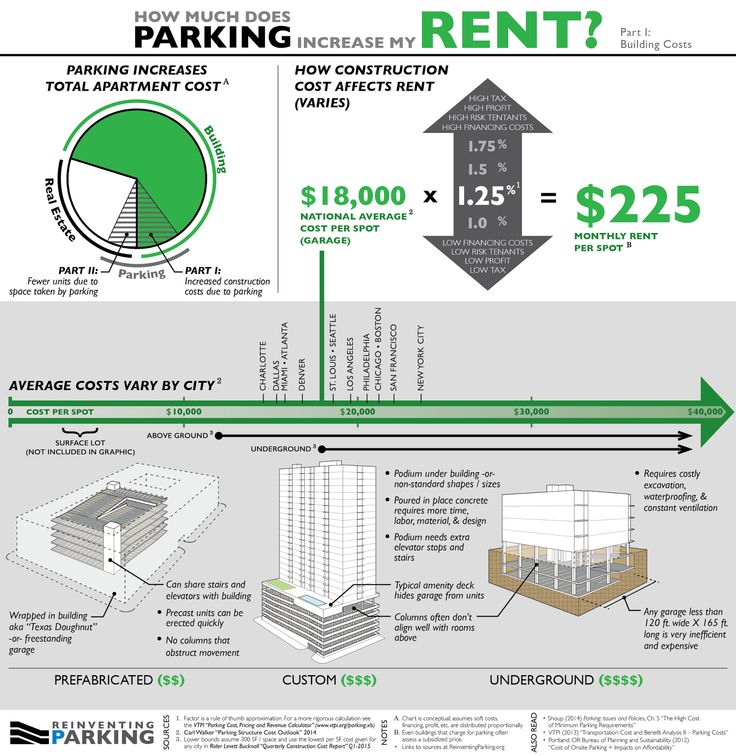by Elaine Knight
In today’s blog post, we will answer the following question: How much is a school bus tire? We will discuss the criteria you have to take into consideration when choosing the tires for your new converted school bus. We will also give you advice on how to maintain your Skoolie
tires and ensure a long and safe journey.
A set of school bus tires can cost you between $2,000 and $3,000 depending on the manufacturer and the place you are buying them. You can save money by purchasing used tires from eBay, Facebook market or on Craigslist, but new tires often come with a warranty and will probably last much longer.
When looking for school bus tires, there are several things you need to consider. How is the weather where you are driving, how much weight your bus carries, and typical driving conditions are key issues when choosing tires for school buses.
Do you need strong radial tires that can withstand bumps against curbs in the city or maybe an ultra-fuel efficient tire for long stretches on the highway?
Selecting the right tire and carrying out regular maintenance is the key to fuel efficiency, tire life, and safety for both the driver and passengers.
What to consider when choosing tires for school buses:
Specs:
Terms:
It is essential to learn how to choose the best tires according to characteristics and seasons.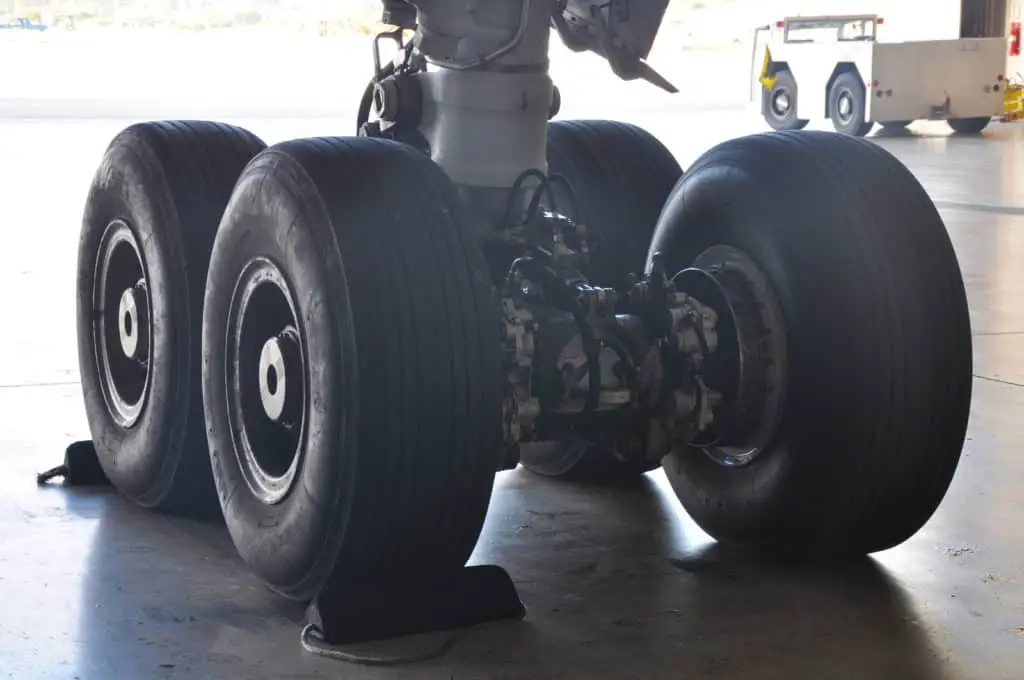 Fitting a suitable cover represents one of the strengths of our vehicle and therefore, let’s examine some of them:
Fitting a suitable cover represents one of the strengths of our vehicle and therefore, let’s examine some of them:
When you have the right tires for your school bus, it is very important to make sure you maintain them!
Underestimating the proper maintenance of tires or forgetting that they deserve important care like other parts of the bus, could become a fatal error with very serious consequences since the tires are the only contact between the vehicle and the terrain where it is travelled.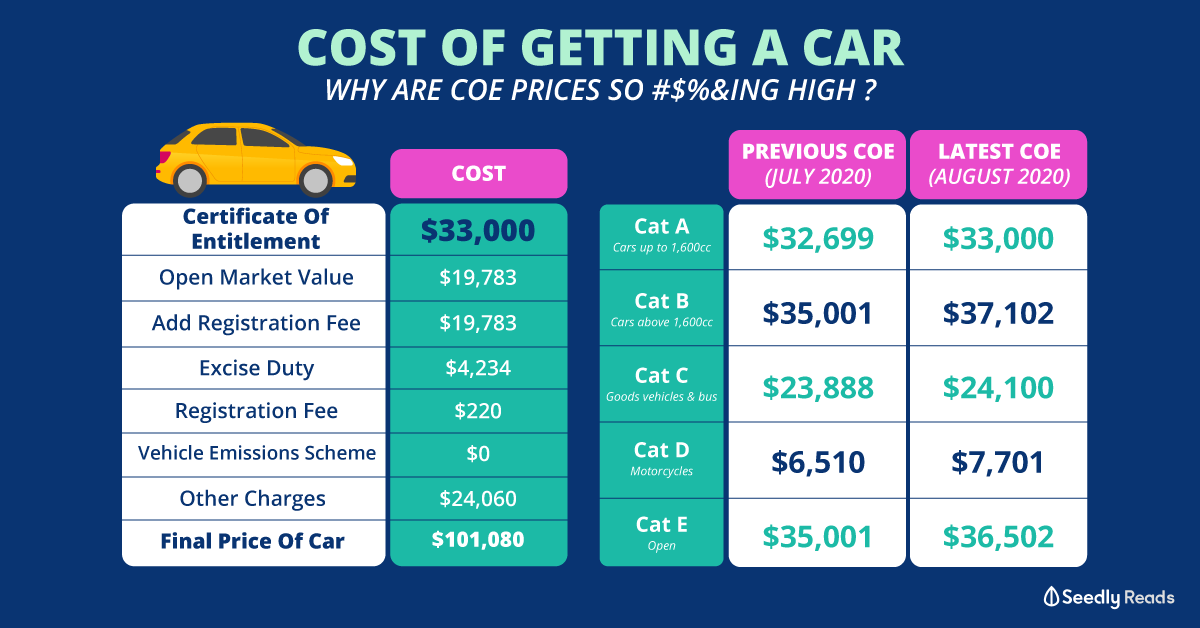
A blowout at high speeds or the bus being wobbled by smooth tire tread could end in an unfortunate accident. Hence the importance of ensuring their quality to ensure safe mobility for the passengers.
Taking these details into account and in order to promote a culture of prevention when returning to school, the distributor details a series of tips below that will help keep the condition of school bus tires in good condition:
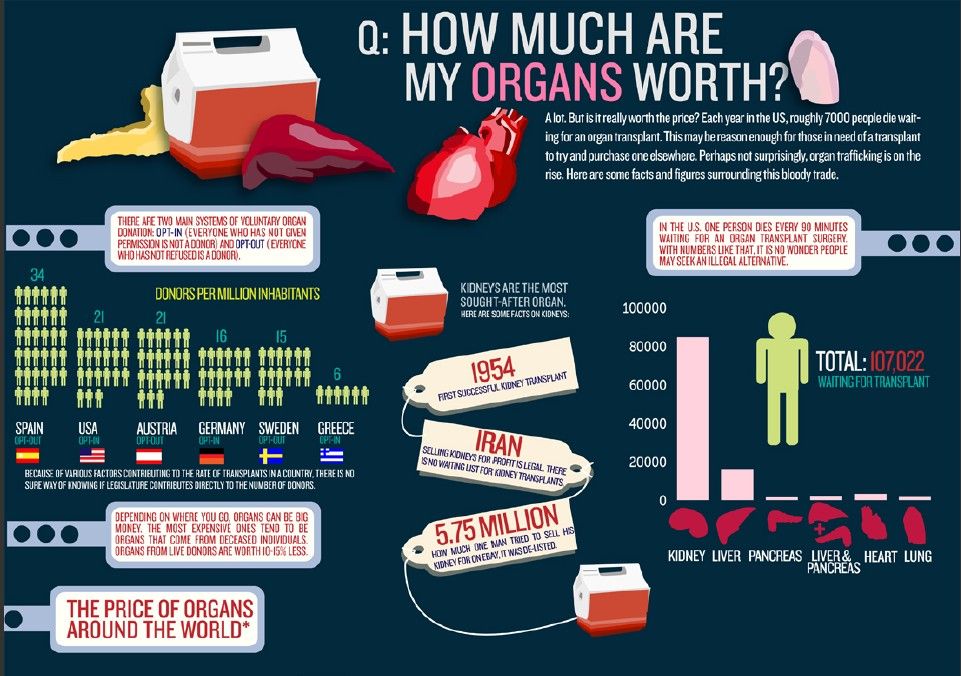 On the other hand, if the pressure is not enough, it will widen the bearing and can alter its shape.
On the other hand, if the pressure is not enough, it will widen the bearing and can alter its shape.It is important to check the air level in the tire once a month and before a long trip, not forgetting the spare tire. It is preferable to do it with cold tires. This tip will also help save fuel.
It is recommended to do it every 6200 miles, however, if any irregular wear or problems in the vehicle’s manoeuvrability are detected, a service centre should be consulted immediately to correct the defect.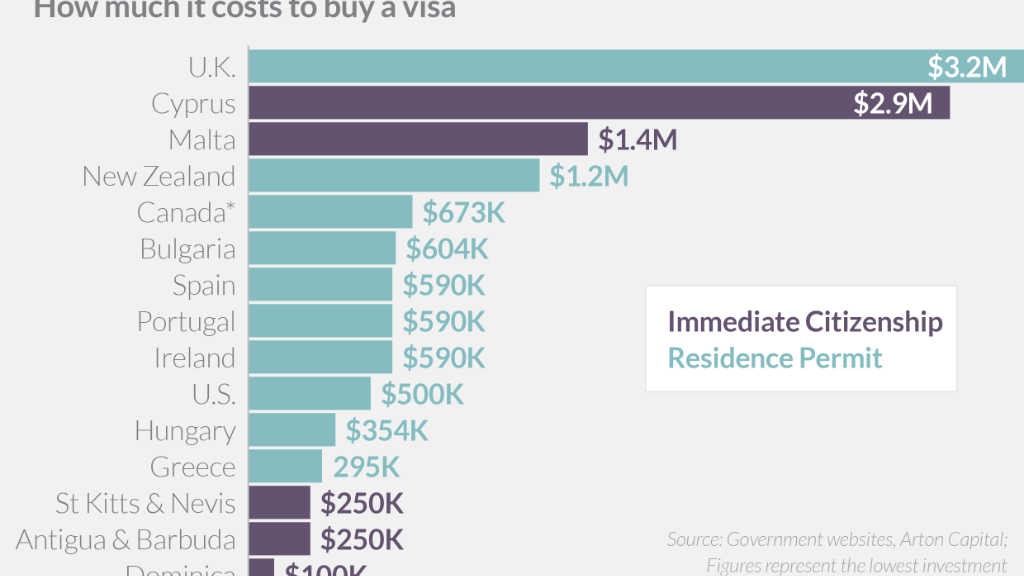
The specialists emphasize that the function of the driver is also important, they must be careful when driving: avoid hitting the tires against the sidewalks, periodically wash the tires to prevent mud, stones or objects from entering that minimize their useful life, avoid sudden braking and maintain the proper pressure in each of the tires.
Complying with these tips will not only help to extend the life of the tires and to drive safely but also save fuel, save money by avoiding unnecessary corrections and the loss of time for the repair or change of tires. In addition, the tires must be cared for so that they can be retreaded and thus lower operating costs. It is important to emphasize that the poor condition of the tires can also damage the steering or suspension system.
The condition of your school bus tires is crucial for a safe journey. Even if you don’t use your Skoolie every day, the tires will wear out over time and you will have to replace them with new ones.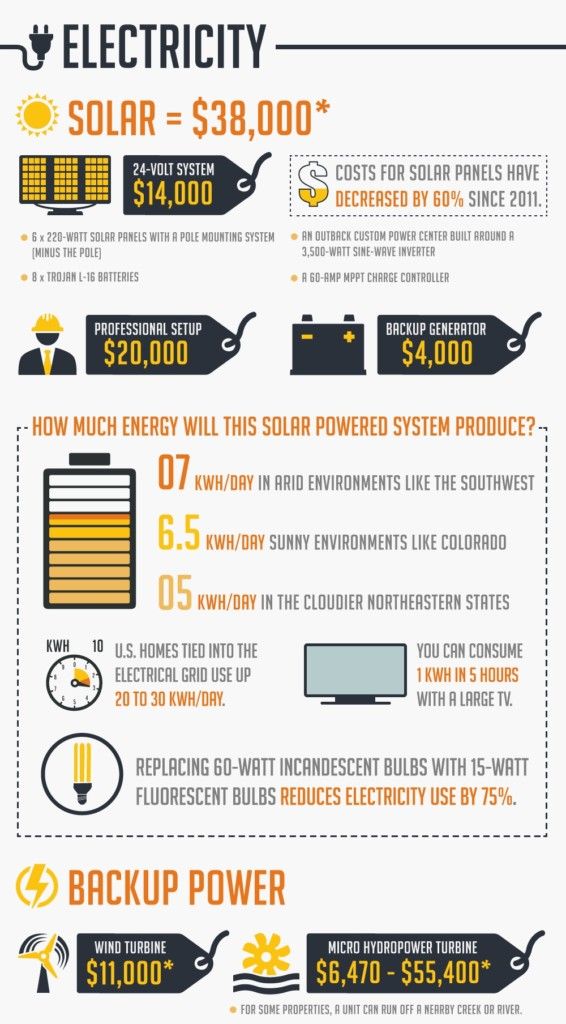
Knowing when to change your school bus tires is a little less obvious. It is possible not to notice the wear on the tires since they are on the road less often than cars. However, they should still be changed quite often.
If you have any tips, comments or questions about the content, please let us know!
To ensure excellent road holding and optimal driving comfort, when winter is on its way, + 0.2 bar must be added to the pressure indicated by the manufacturer in order to take into account the contraction of the air.
Yes, RV tires are different from truck, van, trailer or car tires. The quality of your tires plays an important role in your RV trip. Good tires will save you money in potential repairs, cause accidents, and can potentially save lives. As with all vehicles, the tires are the point of contact between the motorhome and the road.
The best tires for RVs are the Goodyear Wrangler Fortitude and Goodyear Wrangler Silent Armor Tires. On our list, there is also the Michelin XPS RIB Truck Radial Tire, Goodyear Unisteel G614 RST Radial Tire and the Sailun S637 Trailer Radial Tire.
School buses use conventional 10R22. 5 or 11R22. 5 size tires. These are too believed the tires with a longer lifespan and that have less mileage shortfalls.
School bus tires last between six to ten years, depending on the type of tires, the brand, but also on how many miles you used them for. Tire manufacturers recommend replacing your school bus tires after 10 years of use.
A school bus has six wheels. Two of them are on the front axle and four tires are on the dual axle. Smaller buses can have four axles (two wheels on both axles).
Other FAQs about Skoolie that you may be interested in.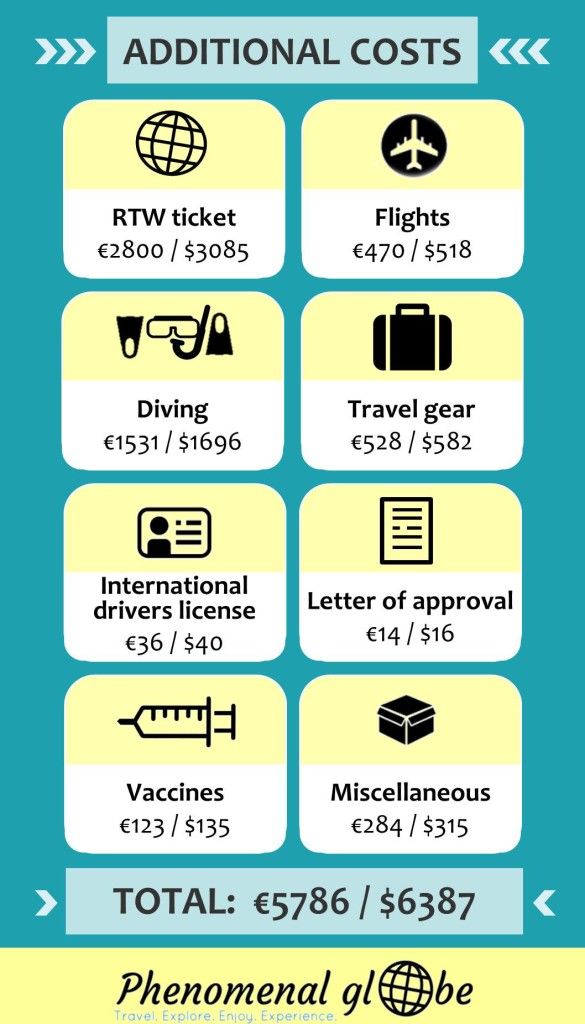
How long is a 44 passenger bus?
How many miles per gallon does a Greyhound bus get?
How many wheels does a school bus have?
Like most heavy vehicles, school buses need to have an adequate number of strong and durable tires to support the weight of the vehicle.
If you regularly see school buses go by in your daily commute, you may have wondered – how many tires does a school bus have? Here is everything I’ve found out about this!
School buses have four or six tires, depending on the bus’s size. This includes two tires on the front axle, with larger models having four tires on the rear and smaller buses having two. School bus tires cost between $2000-$3000 and can last up to 10 years or more.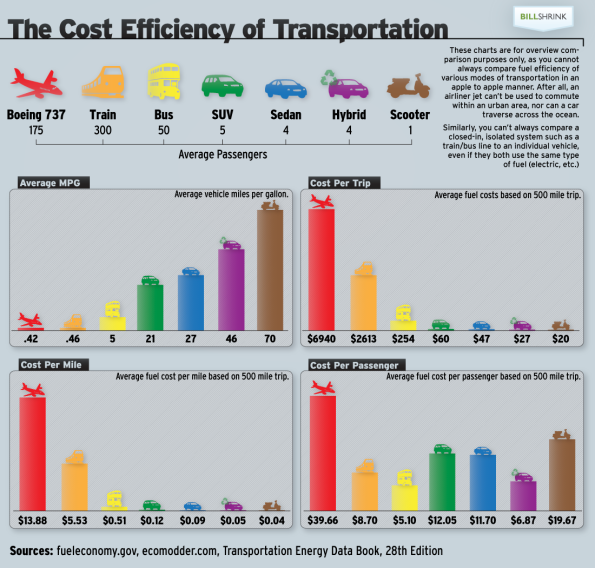
If you want to find out more about how much a school bus tire costs, how long do school bus tires last, and much more, keep on reading!
School bus tires are quite expensive, with a full set of tires ranging between $2000 and $3000.
However, they are quite durable and tend to last longer than other types of tires if they are properly maintained.
School bus tires are typically 10R22.5 (10” width and 22.5” height) or 11R22.5 (11” width and 22.5” height).
These are considered conventional, ‘low-profile’ tires that have shorter and stiffer sidewalls that experience greater wear at sharp turning angles.
However, recently, several tire manufacturers have begun producing tires with a 19.5” width with better rubber compounds to reduce the wear problem while maintaining traction quality.
School bus tires tend to last for up to 10 years (or more) if they are properly maintained.
However, as they get older, it gets more dangerous to drive them since the tires start to weaken from the inside.
Because of this, manufacturers recommended that the tires should be replaced after 10 years of use to avoid any unforeseen breakdowns.
School bus tires need to be durable and tough since they carry a lot of weight over long distances.
When buying a set of tires for a school bus, you should choose wisely since you will not be replacing them again for several years.
Here are the leading tire manufacturing companies along with the popular school bus tire models they offer:
Goodyear Tire & Rubber Co.
Goodyear offers the G661 HSA and the G182 RSD model for school buses.
These tires have TredLock technology which enhances steering and handling performance during sharp turns, through the use of interlocking tread blocks.
Along with that, they also have sidewall protector ribs and scrub-resistant compounds to protect the tires from everyday damage.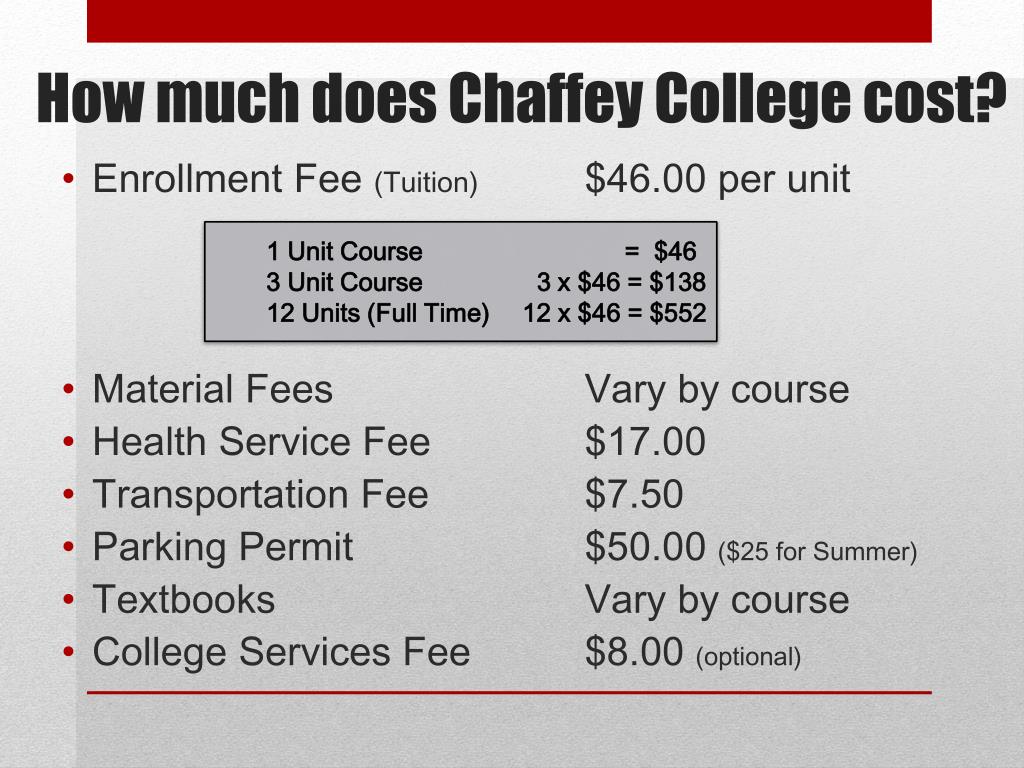
Hankook Tire America Corp.
Hankook offers the Ah34, Ah22, and Ah21 models designed for use in school buses.
These have tread compounds that show optimal performance in high scrub applications, making them ideal for use in school buses.
Additionally, these tires are also highly resistant to uneven wear, chips, cuts, and tearing.
Michelin Americas Truck Tires
Michelin provides the XDN2 drive-axle tire for school buses.
These provide a high level of traction in extreme temperatures, making the tires suitable for winters as well.
Double Coin Holdings
Double Coin Holdings have the RT 500 all-position tire designed specia.≤lly for school buses.
These are famous in the school industry and are known for fighting rapid wear.
The core feature of these tires is that they have sidewall protectors on both sides, so if one side gets damaged, you can just flip the tire around for continued use.
The inflation pressure of school bus tires should be between 60-70 psi, or 4.1-4.8 bar.
It is important to maintain this level of pressure since under-inflating or over-inflating your tires will lead to increased wear and may possibly end up damaging them.
School buses, like other types of buses and trucks, are typically rear-wheel drive (RWD) with the engine placed at the back of the vehicle and driving the rear axle wheels.
Converting a school bus to four-wheel drive (FWD) is expensive and can be unnecessary since school kids do not weigh too much..
However, places that experience extreme snowfall and winter temperatures have been known to convert their school buses to FWD to transport children to school safely.
The gas mileage of a school bus is around 10 miles per gallon (on average).
However, it may vary, depending on the size of the vehicle, the number of stops, and the weight of the passengers.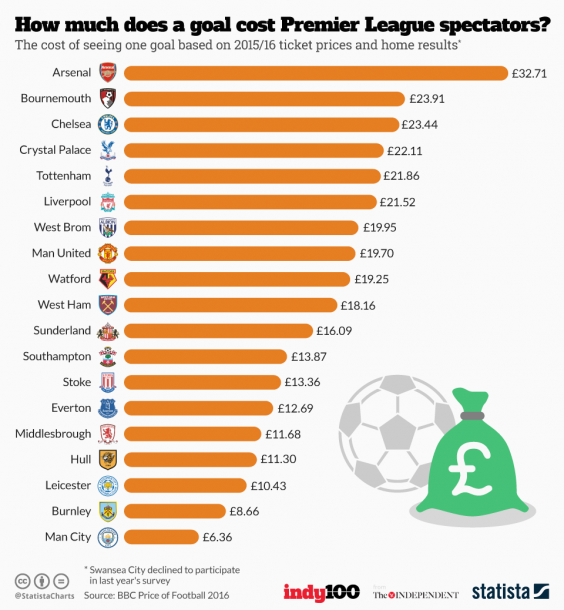
School buses tend to consume a lot of fuel on a yearly basis, and so it is important that you take measures and precautions to improve the fuel efficiency.
Here is a list of factors that affect the gas mileage of a school bus, along with tips on how you can improve it:
The condition of the tires
Along with using high-quality durable tires that perform equally well when old, you should make sure the tires are inflated to the right pressure at all times.
This is because under-inflated tires will slow down your vehicle, affecting your gas mileage.
Bus driving behavior
You can influence around 30% of the gas mileage simply by improving the way you drive the bus.
Some measures you can take include installing an idle shutdown timer, maintaining a speed limit, applying the brakes properly, and following acceleration rules.
Axle alignment
You should make sure the axles are correctly aligned since misalignment can result in wear and tear of the tires and reduce fuel economy as well.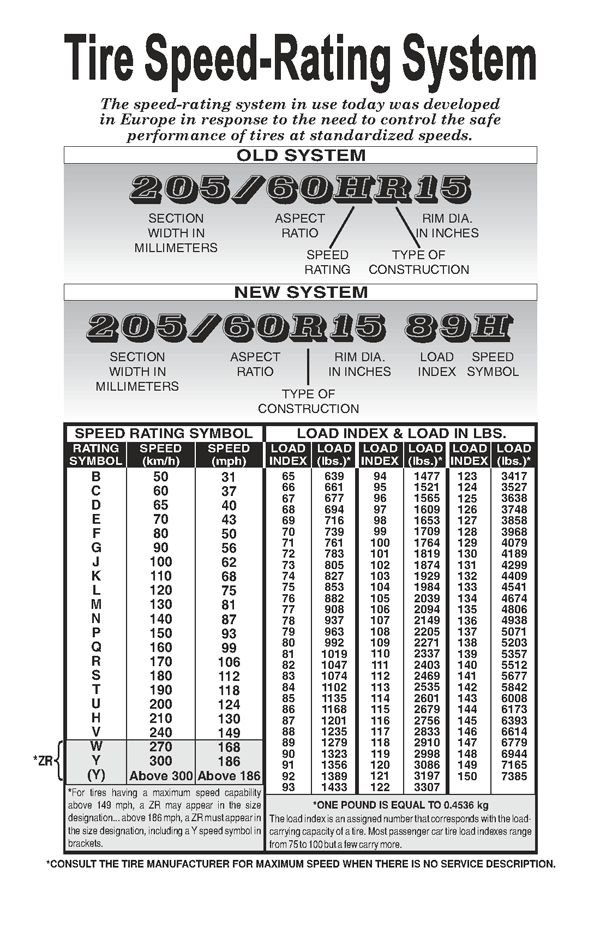
Synthetic lubricants
Using synthetic lubricants on the axle and transmission helps boost the fuel economy and increases the drain interval.
Hybrid Electric Vehicles (HEVs)
If you’re currently deciding which school bus to buy, you should consider purchasing a Hybrid Electric Vehicle (HEV).
Although these are more expensive than typical gas-powered buses, these can improve the fuel efficiency by as much as 50-60%.
The frequency of gear changes
You should only change your gears when necessary since excessive gear shifting consumes more fuel.
Proper use of air conditioners:
Use the air conditioner only when necessary, i.e. do not use it when there are few or no passengers on the school bus.
Proper maintenance
Make sure that you take your school bus for maintenance after an appropriate amount of time since it will raise the mileage of the bus.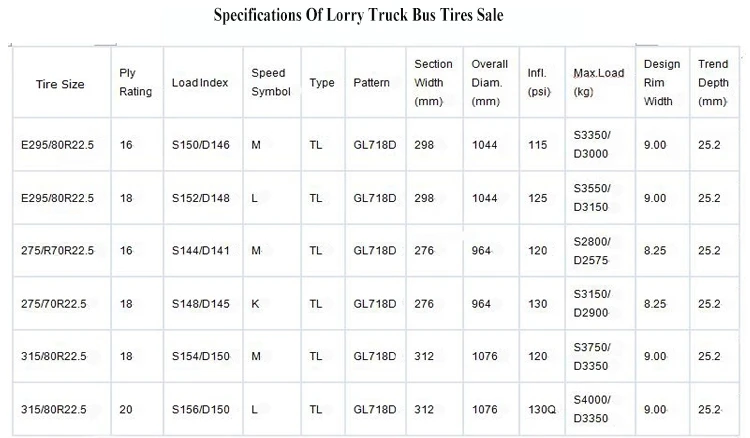
Drive at a moderate speed
You should not over-speed your school bus and instead, drive it at a moderate speed. This will result in lower fuel consumption.
To know more about tires, you can also see our related posts on how much do tractor tires weigh, how long do Michelin tires last, and how long do Goodyear tires last.
The majority of school buses have two wheels on the front axle and four wheels on the dual (rear) axle, which makes a total of six wheels.
School bus tires typically have a size of 10R22.5 or 11R22.5, and cost between $2000 – $3000 for a full set. Note that most school buses have Rear-Wheel-Drive (RWD).
image}}{{#icon}}{{{icon}}}{{/icon}}{{/image}}{{#description}}
{{{description}}}
{{/description}}
{{/hits}}
{{#showAllResults}}
Show all results
{{/showAllResults}} {{/total_hits}}
Russia
0003
Danmark
Deutschland
Global (English)
Italia
North America (English)
North America (French)
Polska
Switzerland
Osterreich
Belarus
Bulgaria
Kazakhstan
Ukraine 9expander.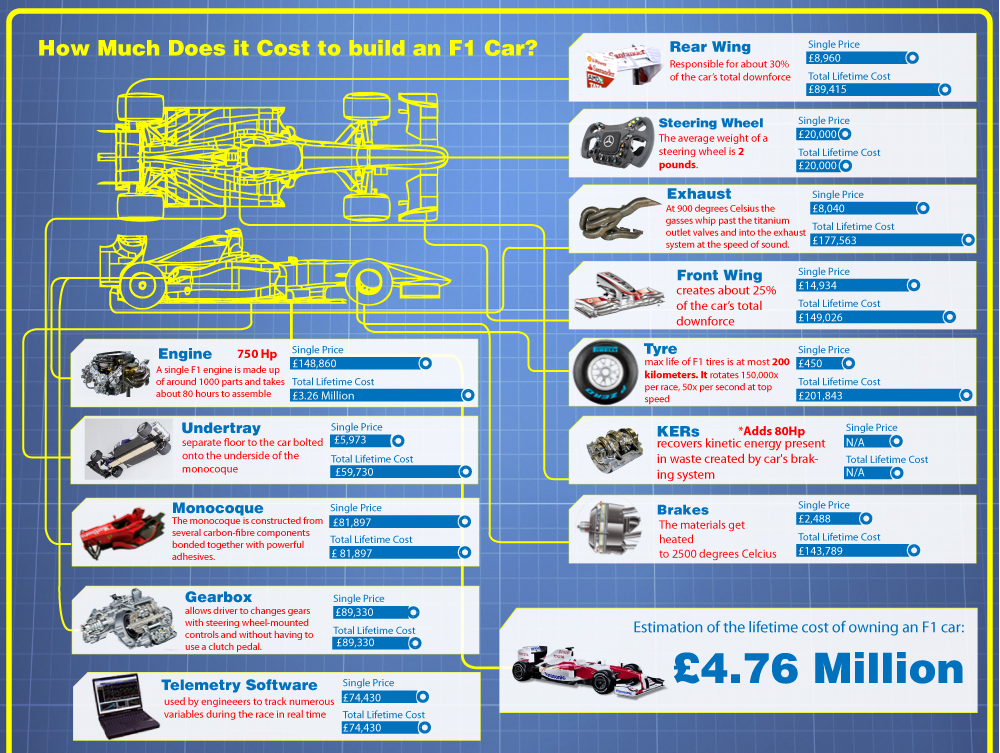 close}}-{{/expander.close}}
close}}-{{/expander.close}}
{{/children.length}}
{{/href}} {{#children.length}}{{text}}
Sales of Nokian Tires truck and industrial tires in Russia have been suspended. You can find information about the concern's products in the direction of Heavy Tires on the company's global website https://www.nokiantyres.com/
Nizhnekamsk Truck Tire Plant LLC is a part of KAMA TIRES enterprises and combines the production of combined truck and solid steel cord tires, as well as the production of retreading of all-steel steel tires.
The enterprise produces about 120 commodity items of KAMA and KAMA PRO all-steel truck tires and KAMA combined tires:
● More than 30 models of combined tires for trucks, trailers, buses, trolleybuses, including about 20 agricultural models tires. nine0003
● KAMA and KAMA PRO all-steel tires are represented by 82 commodity items.
The launch of mass production of new-generation all-steel tires of the KAMA PRO trademark took place in 2018. KAMA TIRES became the first Russian manufacturer of all-terrain all-terrain tires with adjustable pressure in Russia.
The design capacity of OOO Nizhnekamsk Truck Tire Plant is 4.5 million tires per year. This allows the largest auto enterprises to be equipped with cargo combined and all-steel tires of Nizhnekamsk production on a permanent basis. nine0003
Tires are also exported to countries near and far abroad.
TECHNOLOGY FEATURES
KAMA and KAMA PRO solid steel cord tires are produced using a special formulation of rubber compounds based on natural rubber and silica.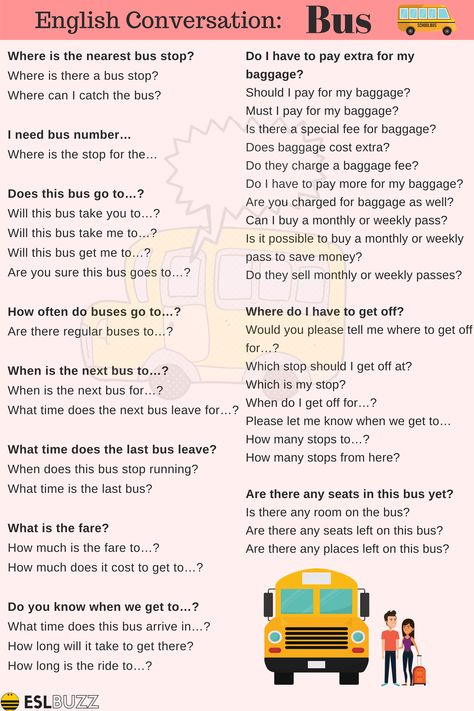
All technological processes, from the weighing of ingredients and rubber mixing to the rubberizing of steel cord and the final assembly of tires, are fully automated and carried out on high-precision equipment. This virtually eliminates the "human factor" and guarantees the high quality of products. nine0003
Comprehensive multi-stage quality control system in production includes visual, X-ray inspection, checking of force heterogeneity and tire geometry.
RESTORATION OF SOLID TIRES
To ensure high mileage of KAMA and KAMA PRO all-steel tires, the KAMA TIRES enterprise operates a retreading section of NZGSH LLC.
This is one of the largest production facilities in the Russian Federation for the retreading of solid steel cord tires by cold treading. The production capacity of the retreading section of NZGSh LLC is 35,000 pieces of retreaded tires per year. nine0003
Production was organized in 2015 in cooperation with the Italian company Marangoni SpA.